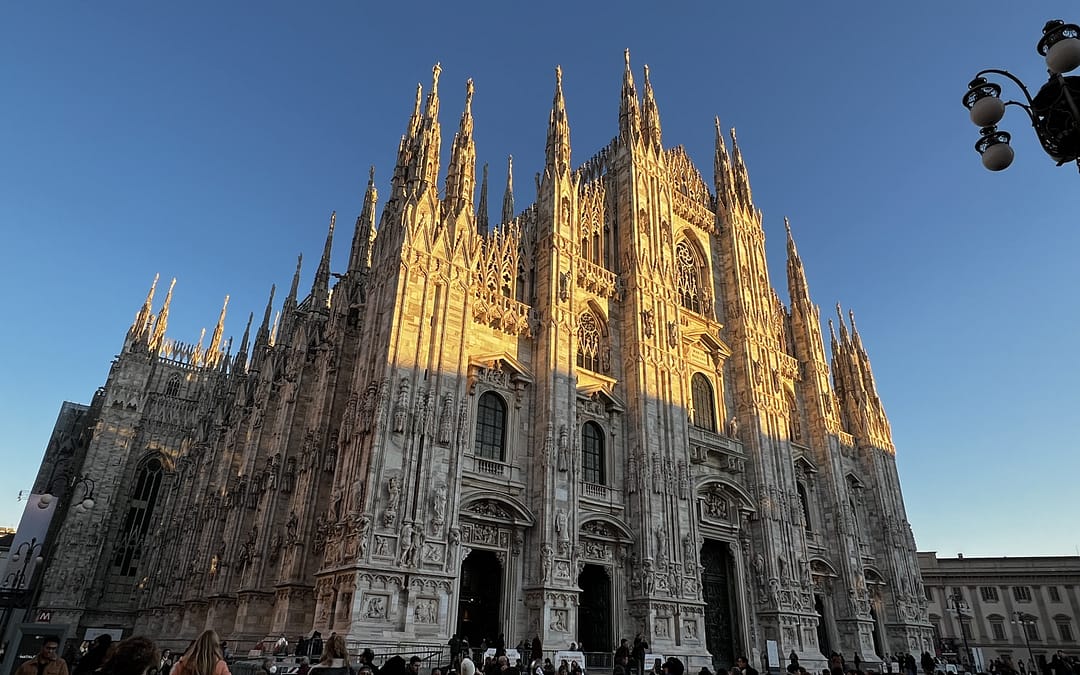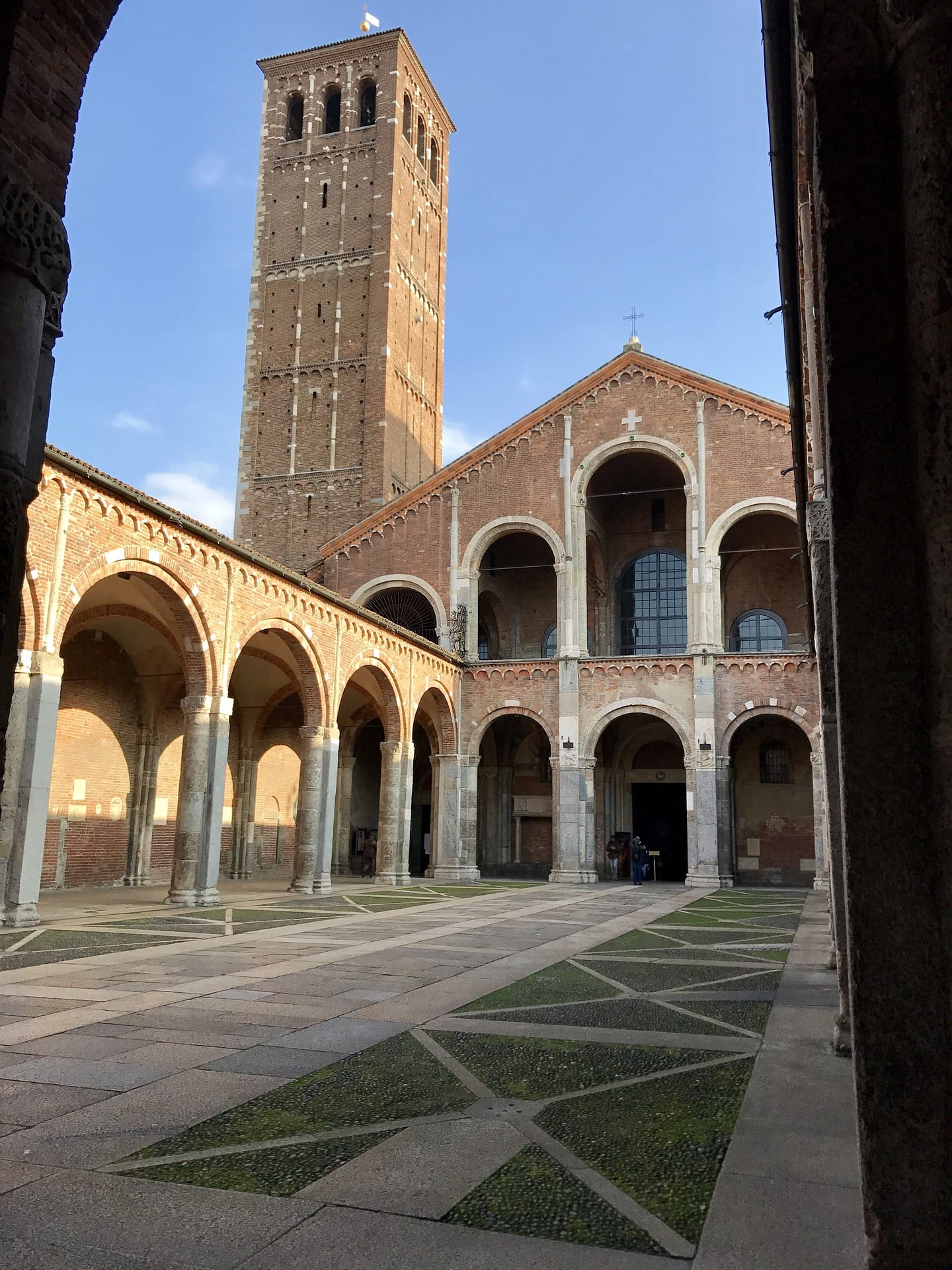A captivating journey through Milan’s ancient basilicas, each revealing a unique tale of history and art, a must-visit for enthusiasts of history and art.
Sant’Eustorgio
Unearth the tales surrounding Basilica di Sant’Eustorgio, a religious center intricately connected to the Three Kings. Delve into its history, from the stolen relics to its role as a focal point for the Dominican Order in medieval Milan.
Santa Maria presso San Satiro
Experience the architectural marvel crafted by Donato Bramante at the Church of Santa Maria presso San Satiro. Marvel at the optical illusion of a false apse, a precursor to trompe l’oeil artistry, and appreciate the intricate details of its structure.
San Maurizio al Monastero Maggiore
Conclude your journey at San Maurizio al Monastero Maggiore, a visual spectacle adorned with frescoes by Bernardino Luini. Explore the unique structure, divided into public and nuns’ sections, and immerse yourself in the breathtaking artistry within.





